Gold Atlas of British Columbia
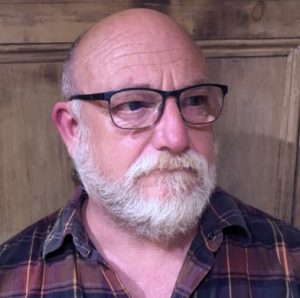
Presenters: Rob Chapman, University of Leeds
Rob gained a BSc, MSc and PhD in extractive metallurgy and worked on gold, platinum and uranium in South Africa before joining the University of Leeds. His research interest shifted to the application of gold mineralogy in exploration geology and he has worked in many areas in the Canadian Cordillera for nearly 20 years.
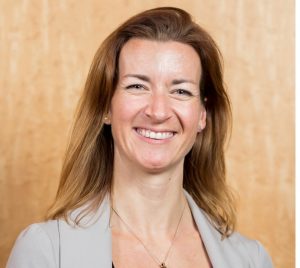
Britt Bluemel, GoldSpot Discoveries
Britt has over 10 years experience in mineral exploration and mining. She specializes in exploration geochemistry, alteration modelling, and multivariate data analysis. Britt has spent much of the last 5 years teaching a variety of short courses to both academia and industry on exploratory data analysis of geochemical data, as well as theoretical and practical short courses on the collection and utility of hyperspectral imaging data. Currently, Britt works with GoldSpot Discoveries – a group of geoscience and data science experts who work collaboratively to bring data-oriented solutions to the field of economic geology and mineral exploration.
Project:
Placer gold is widespread in many parts of the Canadian Cordillera, but often the source remains undiscovered. The ability to infer the nature of the source mineralization from gold particles collected during the early stages of exploration would greatly aid exploration targeting. Here we describe how the different mineralogical characteristics of gold particles are related to the deposit style and how we will generate a new publicly available data base of gold compositions in BC. A new classification algorithm has been developed using multivariate exploratory data analysis and machine learning techniques. This will benefit geologists because future exploration campaigns of all scales will be able to collect gold particles, establish the compositional profile(s), and apply our newly developed classification algorithm to interrogate their own data sets.
Cryptic Magmatic Skarn of the Merry Widow Deposit, Vancouver Island
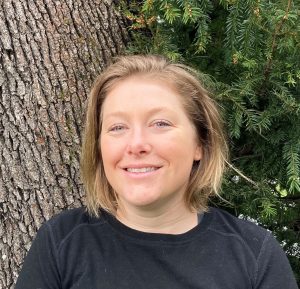
Presenter: Rebecca Morris
Rebecca is pursuing her PhD at the University of Victoria (Canada) under Dr. Dante Canil. For her research, she integrates her love of igneous petrology, field geology, and geochemistry by studying exhumed arc sections to better understand the magmatic processes that occur at depth. Her current research focuses on arc magma-wallrock interactions within the Jurassic Bonanza arc on Vancouver Island. Outside of her research, she is an avid runner, baker, and cat-mom to Owen & Jack.
Project:
The ~197 Ma Coast Copper stock at the Merry Widow Deposit shows evidence from surface geology and historical core logs of a marginal magmatic skarn (<300 m in thickness) along its contact with the Triassic Quatsino limestone. Assimilation of limestone within the intrusion is characterized by an accumulation of magnetite, titanite, and apatite, and enriches the Coast Copper stock δ18O. Results from this research can be used to estimate the extent of magmatic skarn and possible mineralization within other Fe-skarn deposits located throughout Wrangellia.
Paleogene Magmatism, Boundary Area, Southern British Columbia; Geochronology and Implications for Precious Metal Mineralization
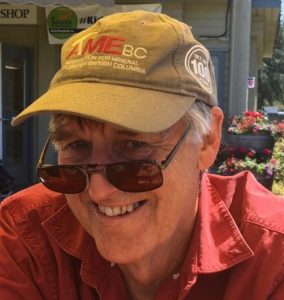
Presenter: Trygve Höy
Trygve Höy received his BSc in geology from UBC, his MSc from Carleton University, and his PhD from Queens University. He spent 28 years with the BC Geological Survey Branch as a research economic geologist, mainly concentrating on mineral deposits and their setting. He has published numerous research papers and geological maps covering the more highly prospective exploration belts in the southern part of the province. He has been an exploration consultant since 2002, concentrating most of his work in British Columbia, as well as in the Arctic Islands, Ontario, Quebec, Mexico, Argentina and Chile. He is a registered member of the Engineers and Geoscientists BC.
Project:
The Boundary area in southern BC and the Republic District in Washington has had an extended history of exploration and mining that has continued intermittently from the late 1890s to present. Regional mapping, in conjunction with Ar-Ar and U-Pb dating, and has helped determine the relationship between Paleogene magmatism, extensional tectonics and precious-and base-metal mineralization. Numerous high-level stocks within larger batholithic bodies commonly host mineralization, including porphyry and precious metal-veins in the Beaverdell and Lightning Peak camps. The recognition of the favourable Republic District succession north of Greenwood, and the recent discovery of significant epithermal gold mineralization in a lower horizon, the Wad occurrence in the Kettle River Formation, further enhances the potential for additional exploration and discoveries.
Arc Evolution and Variability in Magmatic Porphyry Fertility of the Southern Quesnel Arc, South-Central British Columbia (NTS 082E, L, 092H, I, P, 093A, B)
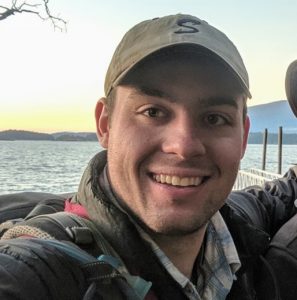 Presenter: Taylor Ledoux, Mineral Deposit Research Unit, UBC
Presenter: Taylor Ledoux, Mineral Deposit Research Unit, UBC
Taylor graduated from UBC in 2019. He spent three summers in the Yukon and NWT doing mineral exploration. Taylor is a M.Sc. student at UBC studying the variability in porphyry fertility of arcs in BC, Arizona, and Chile; supervised by Dr. Craig Hart at the Mineral Deposit Research Unit (MDRU).
Project:
The trace element signatures of zircons from igneous rocks can indicate key magmatic parameters of porphyry magma fertility. However, the variability of these signatures within an evolving arc are not well established. The Late Triassic-Early Jurassic Quesnellia arc in southern BC has three north-trending sub-parallel magmatic axes that young to the east. Each axis includes batholiths and plutons with distinct morphologies and magma chemistries that host deposits with different ore assemblages and emplacement depths. This project characterizes the zircon trace element variability throughout the evolution of the Quesnellia arc to enable explorers to distinguish fertile from barren intrusions.
Zircon Geochemistry of Northern Hogem Batholith, Quesnel Terrane, North-Central British Columbia
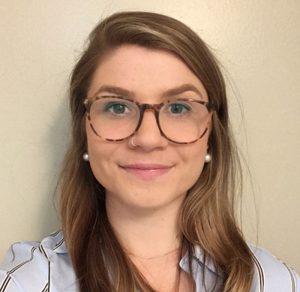
Presenter: Gabrielle Jones, Diamond Exploration Training School, University of Alberta
Gabrielle (Gaby) is an MSc candidate at the University of Alberta studying the petrogenesis of the Hogem batholith using a combination of whole rock geochemistry and zircon U-Pb, Lu-Hf, oxygen-isotope, and trace element geochemistry. Her supervisors are Dr. Graham Pearson (University of Alberta) and Luke Ootes (BC Geological Survey).
Project:
The Hogem batholith is a Triassic to Early Cretaceous composite intrusion located in Quesnel terrane, north-central British Columbia. Zircon U-Pb geochronology indicates magmatism was prolonged (207 to 128 Ma), punctuated, and formed four geochemically distinct intrusive suites. Zircon Lu-Hf, oxygen-isotope, and trace element results give insight into the relative contributions of mantle and crustal sources and magma conditions during crystallization. Triassic to Middle Jurassic magmatism reflects a predominantly depleted mantle source. After 160 Ma, zircons record increased δ18O values and less radiogenic Hf signatures, indicating possible crustal contamination. These changes in zircon chemistry may represent the transition from magmatism caused by subduction within an island arc setting to post-accretionary crustal thickening in Quesnel terrane.
Post-Mining Restoration in South-Central British Columbia: Modelling Microbial and Geochemical Changes in Topsoil Stockpiles and
Invertebrate Response to Mine Reclamation in South-Central British Columbia: Effects of Reclamation Age on Arthopod Assemblages at the Highland Valley Copper and New Afton Mines
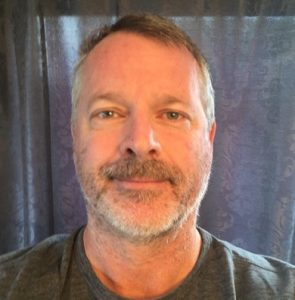
Presenter: Lauchlan Fraser, Thompson Rivers University
Lauch Fraser is a Senior NSERC Industrial Research Chair in Ecosystem Reclamation in the Department of Natural Resource Sciences at Thompson Rivers University. Lauch joined TRU in 2004. He is an ecologist with expertise in grassland, wetland and rangeland ecosystems. Research in the Fraser lab is focused on ecological restoration, biodiversity and climate change.
Project:
Mining is a major driver of Canada’s economy, contributing over $54 billion to annual gross domestic product. Despite the introduction of industry-driven protocols for assessing performance, there are still gaps in guidelines and protocols for successful ecosystem reclamation following mine closure. Here I report on two mine reclamation projects:
1. Topsoil Stockpiles – the storage and viability of topsoil stockpiles at two mines in British Columbia; and
2. Biodiversity – the recovery of invertebrate communities in mine reclaimed landscapes.







